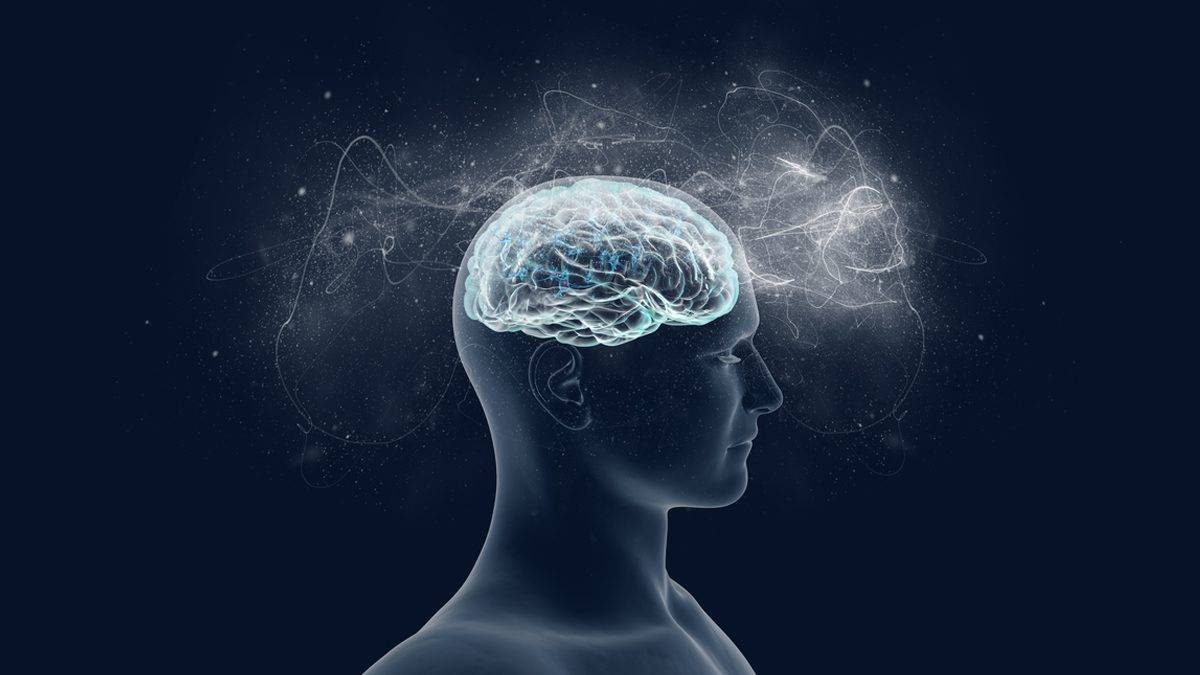A Candid Look At The Brainon Drugs
Many details have recently been worked out describing events in any brain exposed to the most common addictive drugs: heroin, morphine, barbiturates, tranquilizers, and alcohol (all depressants that slow down processes in the brain and central nervous system); and cocaine, amphetamines, nicotine, and marijuana (all stimulants that generally excite them).
As the target organ of addiction, brain cells react to stimuli, including substances introduced from outside and hormones and chemicals we make ourselves. Those reactions lead to other chemical reactions and to changes in movement, thought, feelings, and memory. Drugs of abuse abet, or interfere with the chemical messengers or neurotransmitters. The neurotransmitters that facilitate addiction are released by the 10 billion neurons that deal with information transfer.
Neurotransmitters circulate, collect, and act at specific sites on nearby cell surfaces called receptor proteins, each of which is shaped to fit and receive a particular neurotransmitter and bind it the way a lock “recognizes” a key. Only after a neurotransmitter binds can the signal it carries travel to the next cell. If the cell is flooded with too much neurotransmitter, an elegant “control” system is normally activated so that the cell reabsorbs the excess for later use. This process, called “reuptake,” prevents too many chemical signals from circulating and filling too many receptors, which can lead to over-activity and serious mental and physical problems.
Neuroscientists now know that some abused substances block reabsorption, leaving too much neurotransmitter around. Others block the release of neurotransmitters. Although many neurotransmitters and chemicals that act like them have been identified, those most notably linked to addiction are norepinephrine, dopamine, serotonin, substance P, and gamma-aminobutyric add (GABA).
In 1973, Solomon Snyder, M.D., director of neuroscience at Johns Hopkins, and his then-graduate student Candace Pert put a solid foundation under the new theory of addiction by finding receptors for opium in the brain. They accomplished this by tracking molecules of the drug with radioactive tags to their binding sites. Derivatives of heroin and morphine bind to those same sites. Methadone, a weak synthetic opiate, binds less tightly; one reason it satisfies an addict’s craving is that it is addictive but does not produce a “high.”
But Snyder and Pert also understood that their discovery had far greater implications. For if the brain had opiate receptors, it surely wasn’t because nature intended man to fall victim to heroin addiction, but because the body itself must produce opiates. The discovery in 1975 of the brain’s own opiates, called endorphins or enkephalins, demonstrated neurochemical sites of pleasure in the brain activated naturally by human activity.
Soon, scientists would learn that opiates keep opiate receptors constantly full, producing the physical tolerance so characteristic of heroin addiction. They discovered that the opiate-addicted brain also appears to close off some receptors so that desensitization occurs, encouraging larger and larger doses.
They found that cocaine affects nerve cells in the limbic system, the most ancient part of the brain and one closely tied to emotions. But rather than bind to a receptor, it interrupts the process of reuptake that terminates the action of dopamine. Cocaine is not only a blocker of dopamine uptake but of the reuptake of serotonin and norepinephrine as well.
All of this leads to vast overstimulation of nerve cells and creates intense feelings of excitement and joy. With cocaine, dopamine spills forth and floods our pleasure receptors. On the downside, cocaine eventually wipes out the brain’s existing supply of these neurotransmitters temporarily, leading to a hellish withdrawal marked by severe depression, paranoia, intense irritability, and craving.
According to Steven Childers, psychedelic drugs of abuse such as LSD and “mushrooms” don’t activate the ancient reward system regulated by dopamine, serotonin, and norepinephrine. Moreover, they appear to influence different parts of the brain involved in higher functions than emotions and pleasure. “For people who use these drugs, they are less an addiction than an intellectual drive to alter mood and produce higher levels of consciousness,” he says. “And when we look at how they act in the brain, we can begin to understand why.”
The two most common types of tranquilizers, barbiturates, and benzodiazepines (Valium and its cousins), also act differently in the brain. They don’t have their own receptors but act on a “foster” receptor, GABA, which is predominantly an inhibitory, or slow-down, a neurotransmitter. These drugs “disinhibit” and, in sort of a double-negative effect, increase inhibition, sedating the user. “What these drugs do is hyperactivate inhibition,” notes Childers. “Increase GABA enough and you shut down the brain. That’s what sedatives.” Alcohol also appears to act on GABA receptors, amphetamines interrupt dopamine balance, and nicotine stimulates the release of endorphins, at least at high doses.

